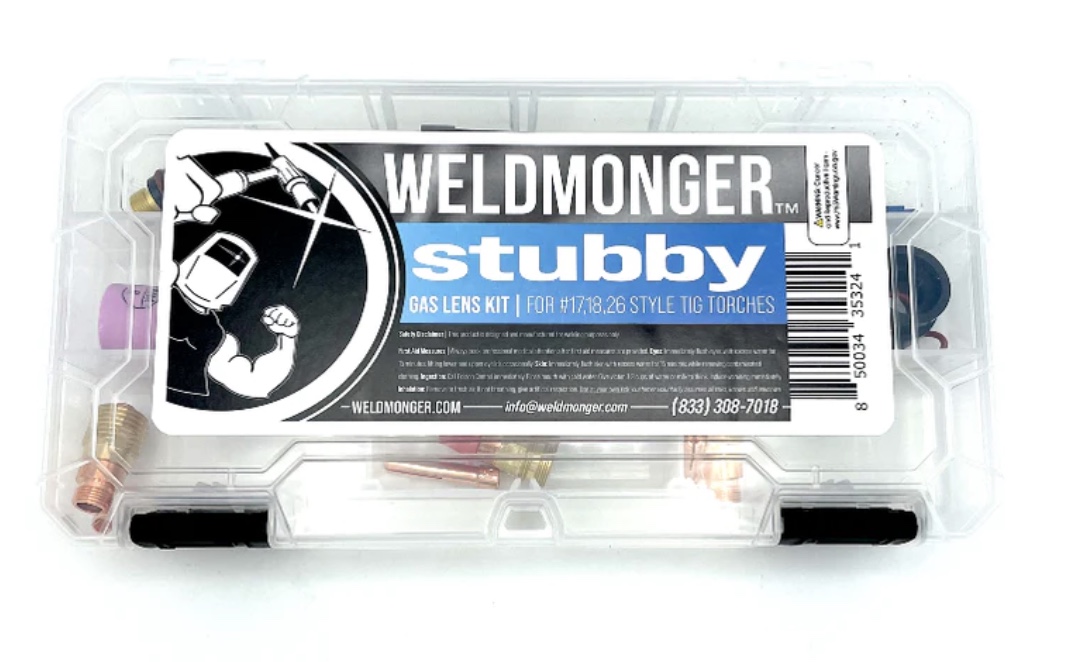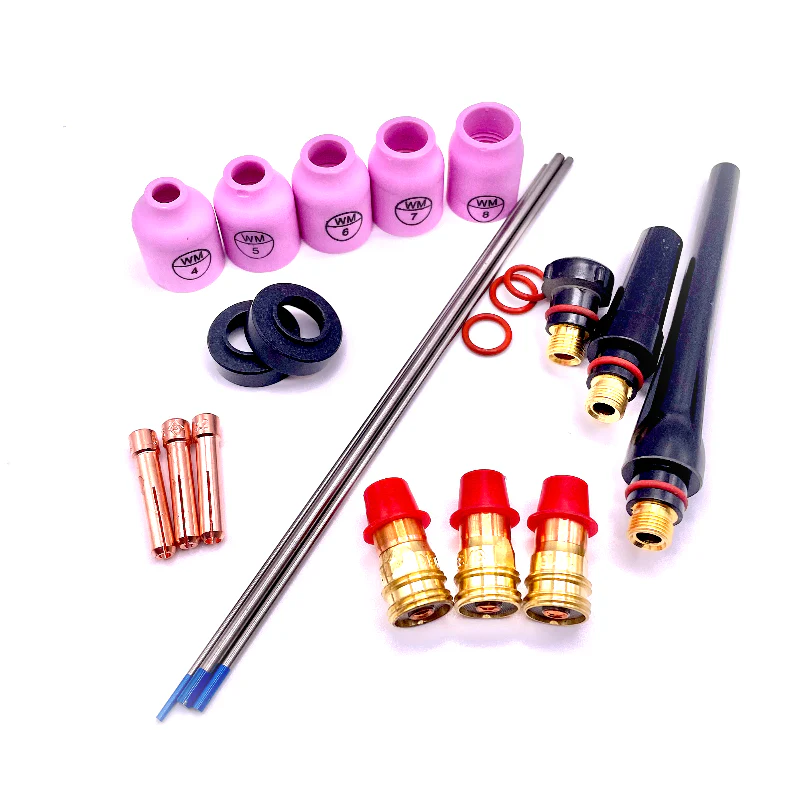Scratch Start Tig Setup and root pass tips
Scratch start TIG is alive and well and still used for pipe welding and socket welds.
Its simple.
Its durable.
Its portable.
All you need is a DC welder, Tank of Argon, Regulator/flowmeter, Tig torch with a valve, and some inert gas hose.
click here to see part 2 to this scratch start tig playlist
Setting up a Scratch Start Tig welder
First of all...You need a DC power source...for this video, I am using a Miller Thunderbolt XL AC/DC stick welder.
The polarity must be set to DC negative aka Straight polarity.
you will also need a tig torch with a valve. For this Video, I used a CK #17 air cooled flex head with valve...and I used a stubby gas lens to make it better.
next, a regulator/flowmeter...and enough inert gas hose to reach where you are welding.
Thats the cool thing about scratch start tig...you can weld 100 feet away from the machine...if you have enough welding lead and argon hose.
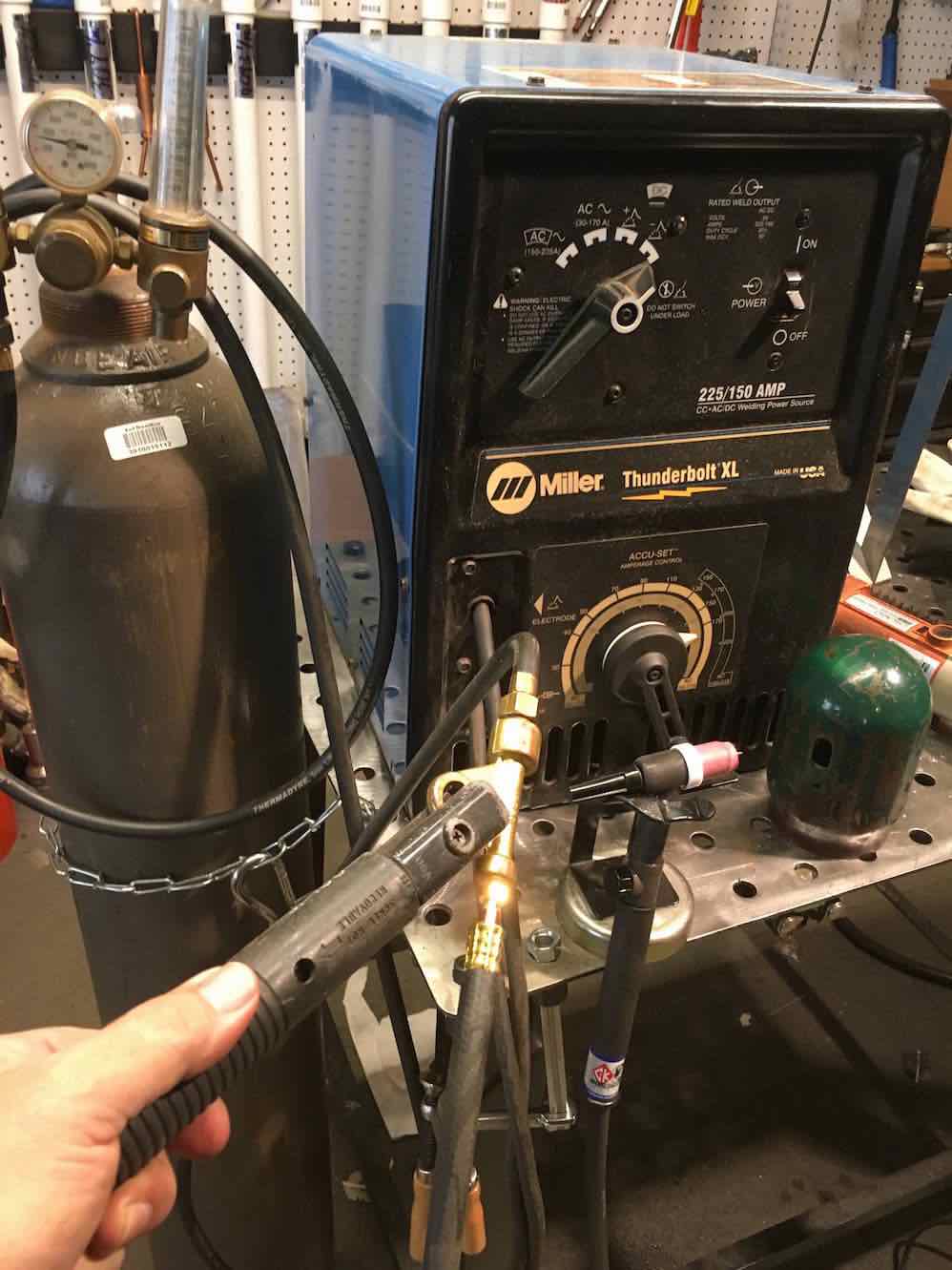
Open butt Root Tips using scratch start
There are several techniques that work for welding a root pass in an open butt joint.
I am using plate that is beveled to 37.5 deg with zero land to demonstrate the lay wire freehand technique.
Key hole dip technique works as well but I have already covered that topic on several other keyhole dip root pass videos...
Its good to know more than one technique for tig welding a root pass.
Why Scratch Start?
I had lunch with a guy a few weeks ago with a guy named JD.
JD is a mechanical contractor who does all types of welding...
Tig welding pipe, building water tanks, fabricating mezanines...you name it.
JD told me about hiring people who were fresh out of welding school and when he asked them to hook up an air cooled scratch start rig to his Lincoln Ranger, they were lost.
The students had learned to tig weld in welding school using a foot pedal amperage control ...and never learned how to weld using scratch start.
So that is the main reason for this video.
Every welding student needs to know this stuff before testing for their first job.
104 amps 1/8" gap, zero land, 1/8" rod ER70s-2
Fit up and prep makes a huge difference in all welding but especially when you are talking open butt roots.
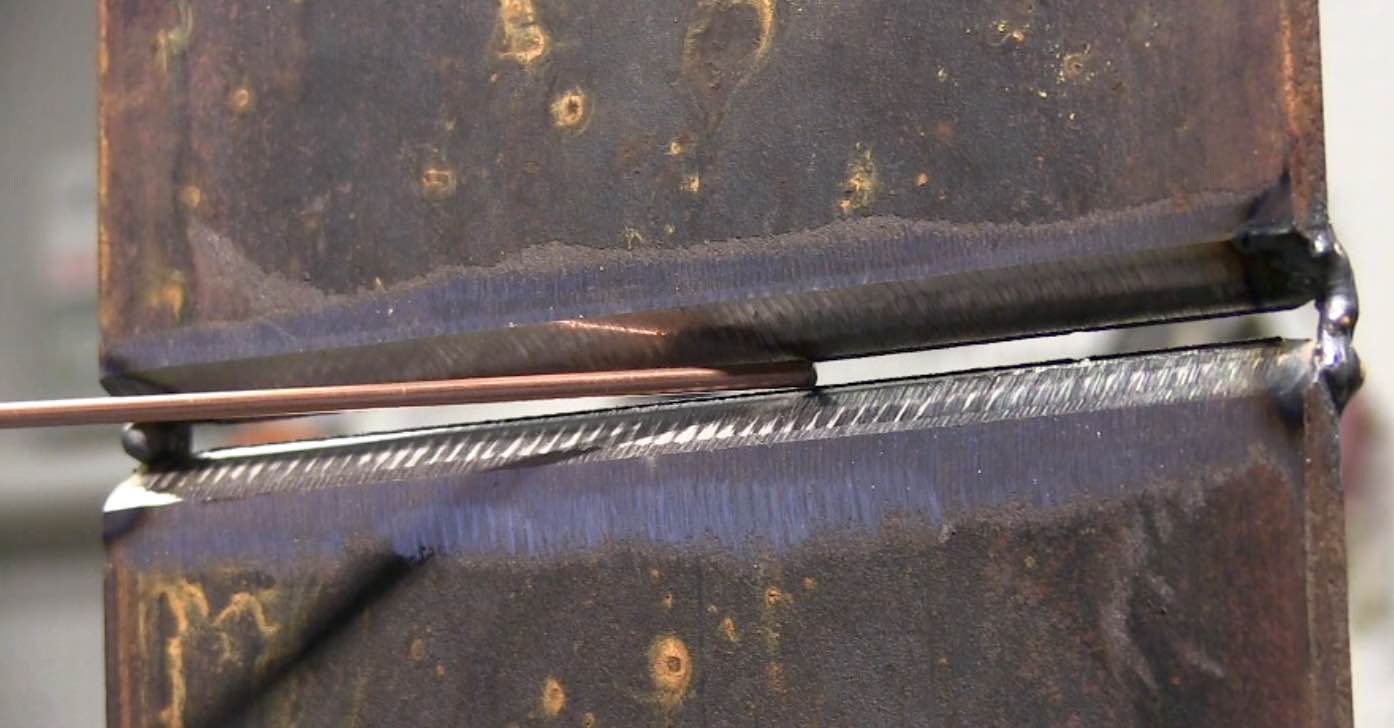
using a 1/8" (3.2mm) gap and rod ...and zero land, 104 amps did the job pretty well
There are many techniques for welding a root pass in an open butt joint...
Today, I focused on the lay wire technique.
I like to use a forward and back technique because in case the rod loses contact and I get a keyhole...I can easily back up and readjust.
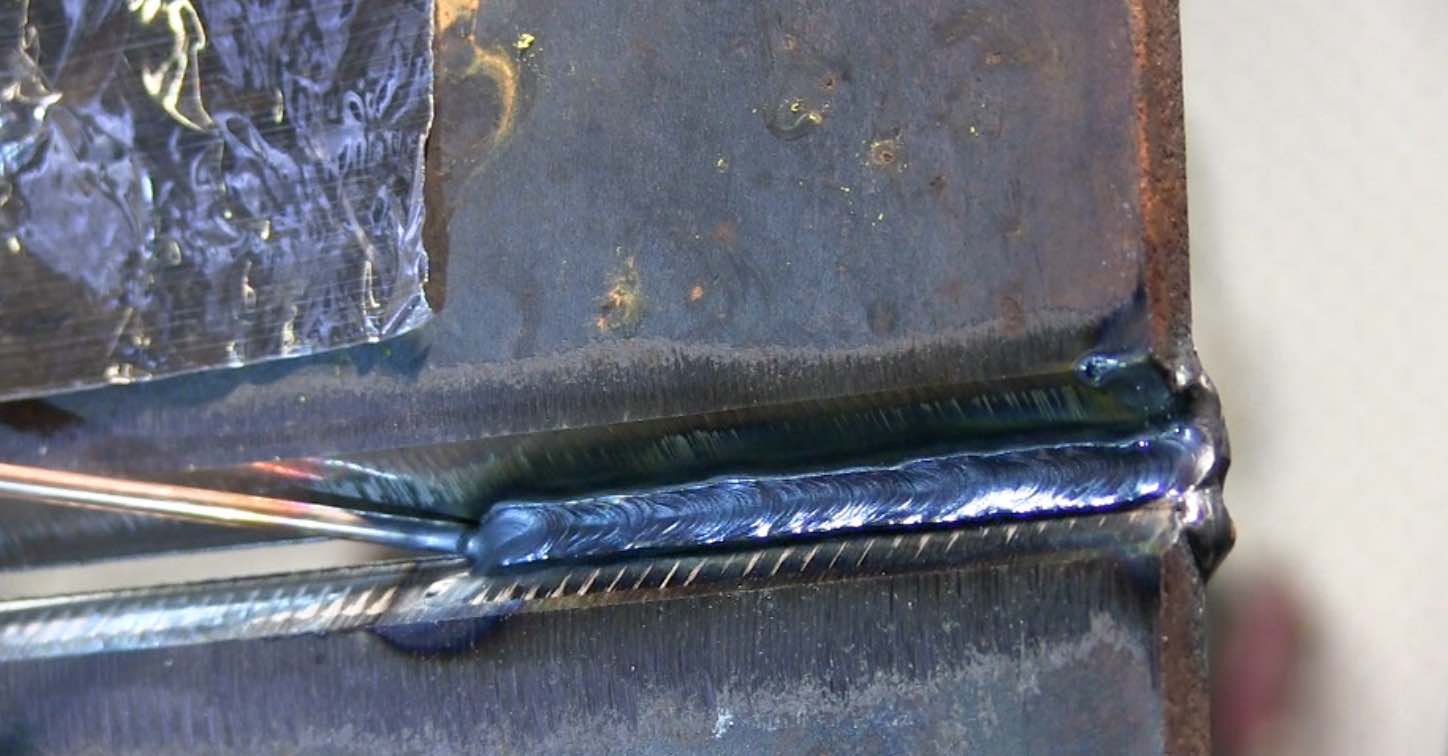
Freehand works very well because you can limit motion to forward and back...
But walking the cup works too...provided you limit the motion.
Penetration side of Root using Scratch Start Tig
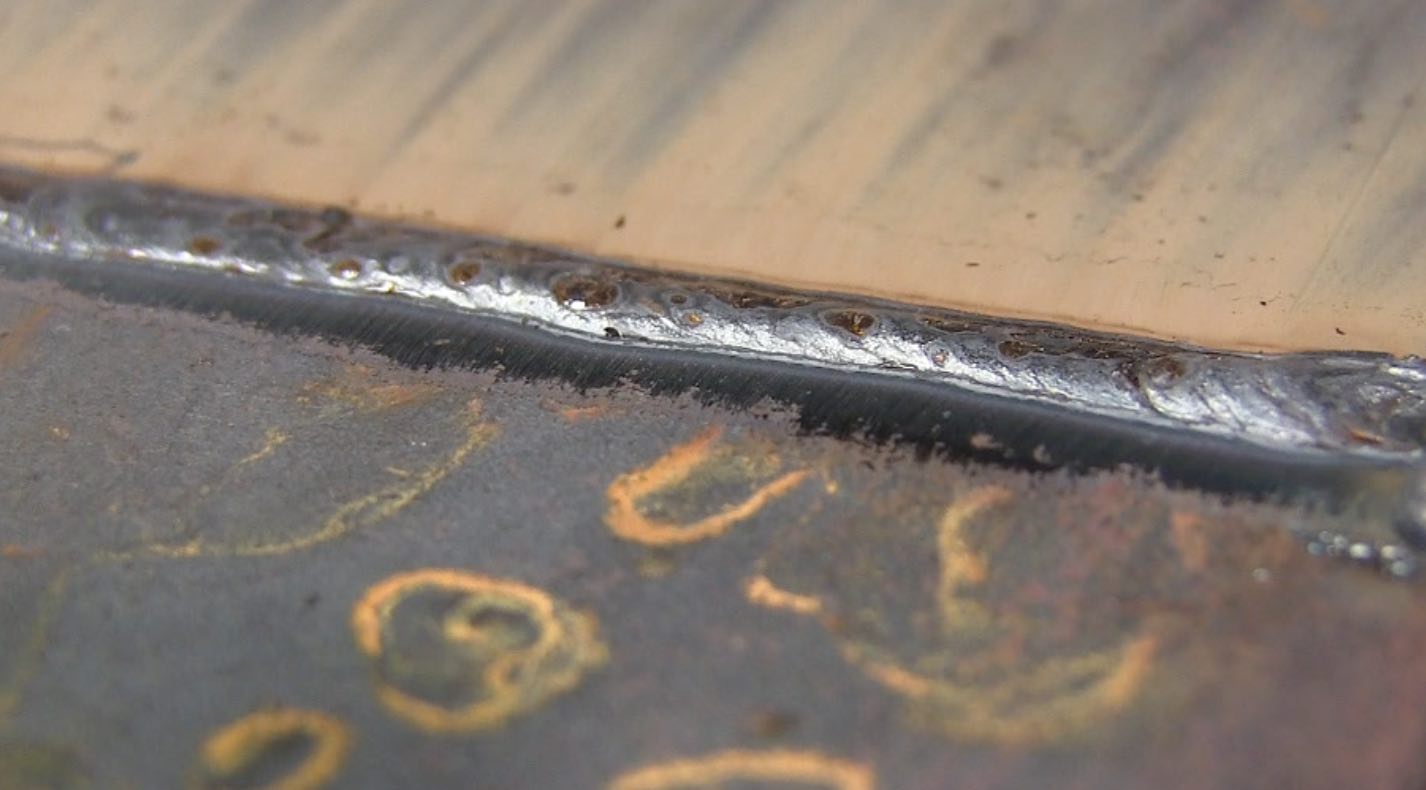
I got this question a while back and it asks the important questions everyone seems to have about scratch start tig welding.
"I have never TIG welded before but have been Stick and MIG welding for many years.
How
do you set up a scratch start TIG? Electrode Positive or Negative? Can
you weld Aluminum? Can you use AC instead of DC? Why or why not. What
can or can't you weld with it?
I have a Miller Thunderbolt AC/DC buzz
box."
My reply...
"You will need to be set on Electrode Negative
No you will not be able to weld aluminum
Even though you have alternating current...It wont work very well without a high frequency box which will cost as much or more than the welder.
With Scratch start tig, you wont have amperage control but just to give you an idea of what can be done, I welded a 18 ga steel parts washer tank once.
if
you want to get into tig welding , since you already have the
thunderbolt, all you need is an air cooled torch, a cylinder of argon, a
reg/flowmeter, and an inert gas hose....and depending on the type torch you get...you might need a power adapter block pn 105Z57.
you will need most of this stuff anyway if you later decide to upgrade to a full featured tig welder."


